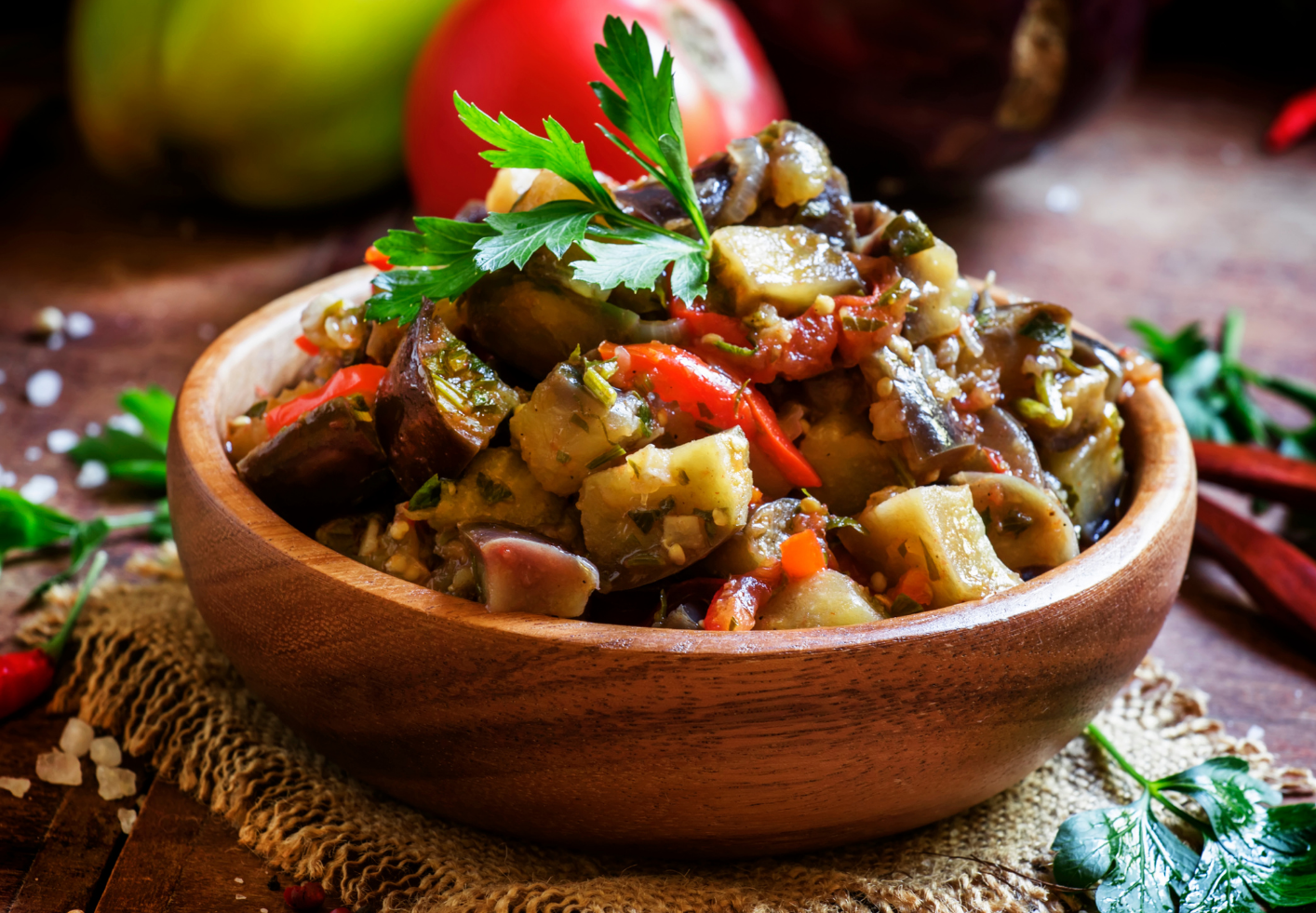
Salento, land of sun and sea, land of history and violated borders. Land facing east and lying in the shade of olive trees. It is here that the climate favors the cultivation of particular products and the luxuriant growth of herbs typical of the Mediterranean scrub such as rosemary, sage, thyme and marjoram.
It is here that the local cuisine, made of earthenware pots and tajèddhe, preserves the features of peasant civilization intact. A cuisine that over time has been prized of Spanish and French influences that have enriched but also changed flavors and smells.
A cuisine that binds the products of the sea and the land in a perfect blend of tastes, a cuisine that is Mediterranean, with high nutritional power, intense aromas, lively colors and unmistakable flavors.
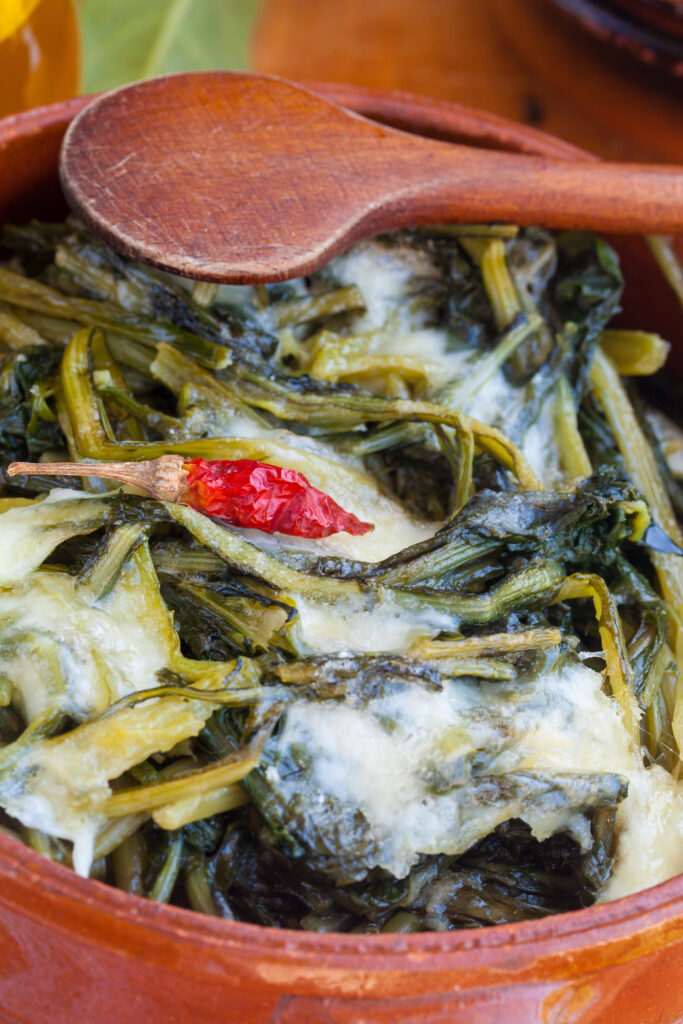
A cuisine with a strong taste, traditionally pervaded by the aroma of caper and oregano, garlic, mint and hot pepper. Even here as in the rest of the peninsula, oil and wine undoubtedly remain the fundamental elements of the entire Salento economy.
But they will not fail to amaze dairy products and pecorino cheeses, local specialties such as "recotta scànte" and "burrata".
Vegetables and typical products such as pampasciuni, wild onions carved in a cross at the bottom and boiled in salted water, drained and seasoned with olive oil, red wine vinegar, garlic and black pepper. Symbol of Salento gastronomy is a pasta and chickpeas typical of the Lecce area, called “ciceri e trìa”, an unmistakable dish, with a peasant taste and an ancient flavor.
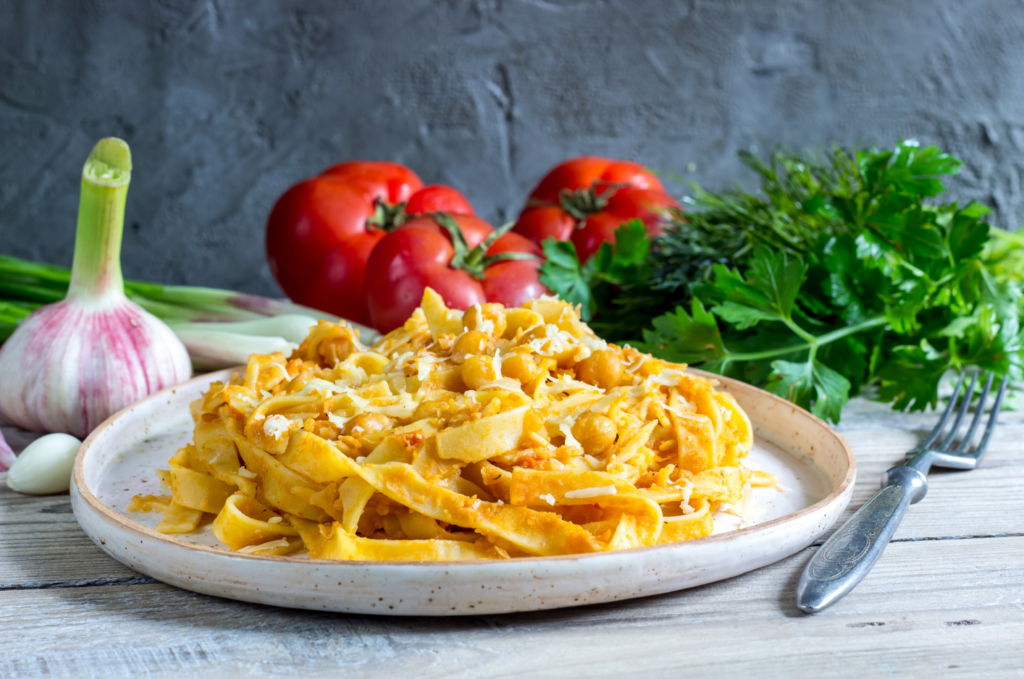
The word “trìa” derives from the Arabic word “itriya” which means fried or dry pasta. The tria in Salento identifies the tagliatella of flour and water without egg, just over a centimeter wide and fifteen long of which quantity to be used, one part is fried while the rest is boiled in the chickpea broth.
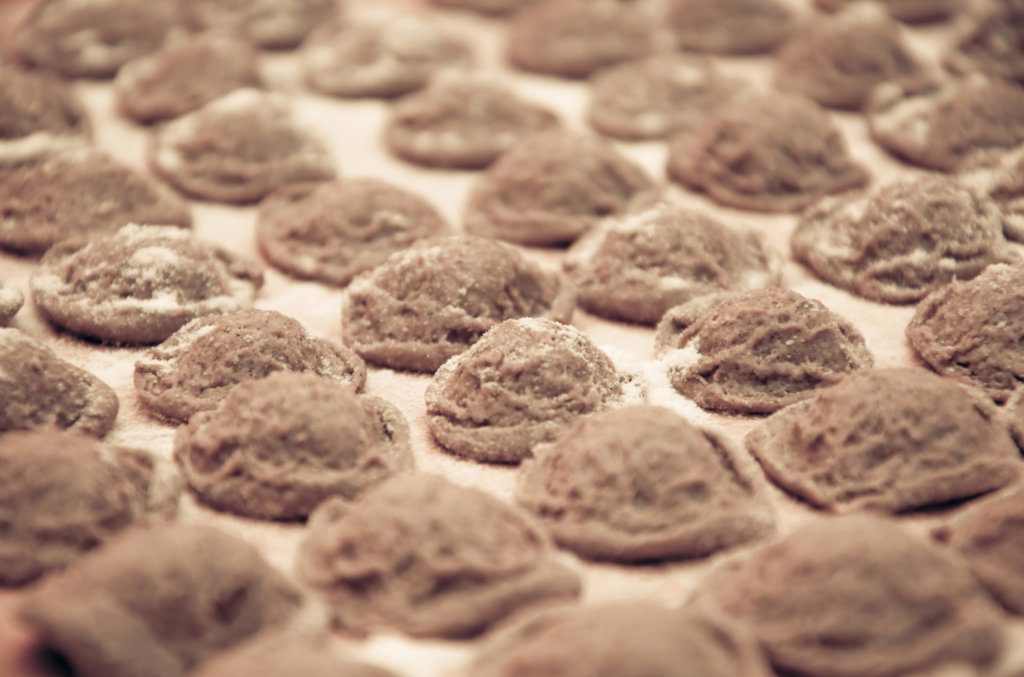
The further you go down towards Salento, the darker the flours in their doughs and give life to a delicious production of "pasta made 'ccàsa" typical of the area such as orecchiette and macaroni al ferretto and, to put it in the Salento dialect, of "sagne' ncannulàte ”,“ pizzarièddhi ”,“ lagane ”and“ laganièddhi ”.
Next to a discreet lamb and rabbit breeding, a prominent place is occupied by horse meat, which has always been the undisputed protagonist of the Salento tables for the fabulous "pignata", a strong and delicious dish, spicy and red like fire.
Meatballs and rolls then remain the food of the party, undisputed protagonists of village festivals, fairs and patronal feasts.
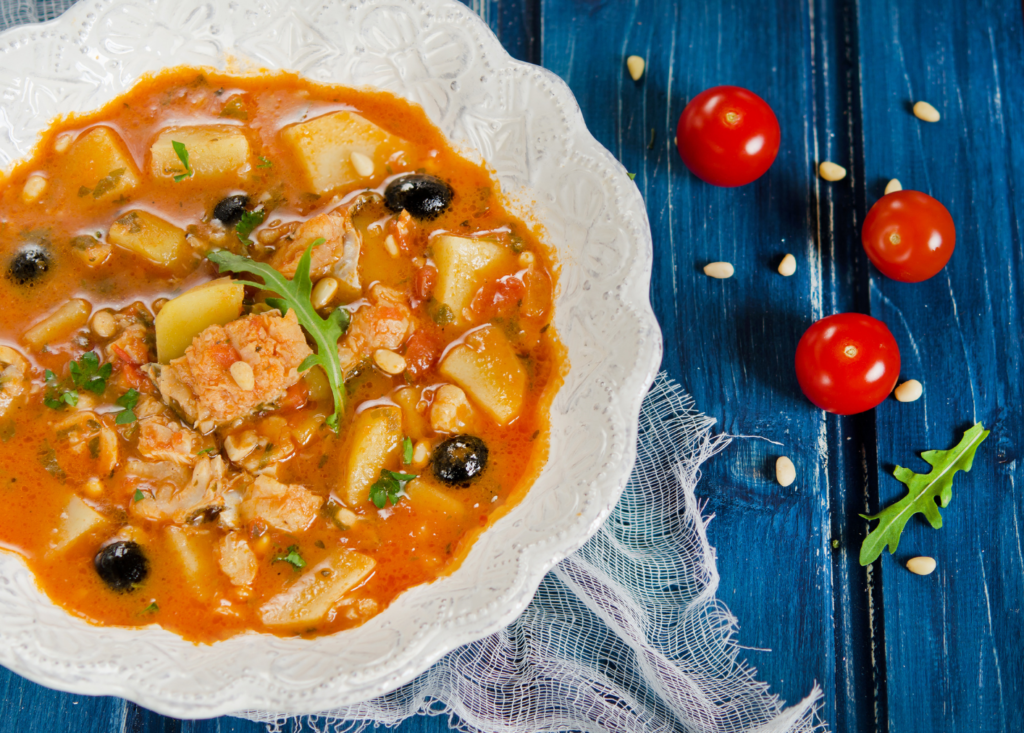
Among the seafood menus, on the other hand, fish soup remains a highly sought-after dish since the times of Magna Graecia. Sea bream, scorpion fish, mullet, squid, snapper and octopus prepared with spicy and tasty sauces are also excellent condiments for macaroni, spaghetti and homemade pasta.
As prestigious snacks, Salento offers curious specialties, the friselle, a typical toasted bread seasoned with oil and salt and the famous pucce, a typical Lecce loaf with black olives or pizzaiola. There is a wide choice of wines, among the most renowned in Puglia, primitivo reigns supreme in the heel of Italy, straddling the Adriatic and Ionian seas. The rosés in Leverano and Salice Salentino, the red in Nardò, the white in Alessano.